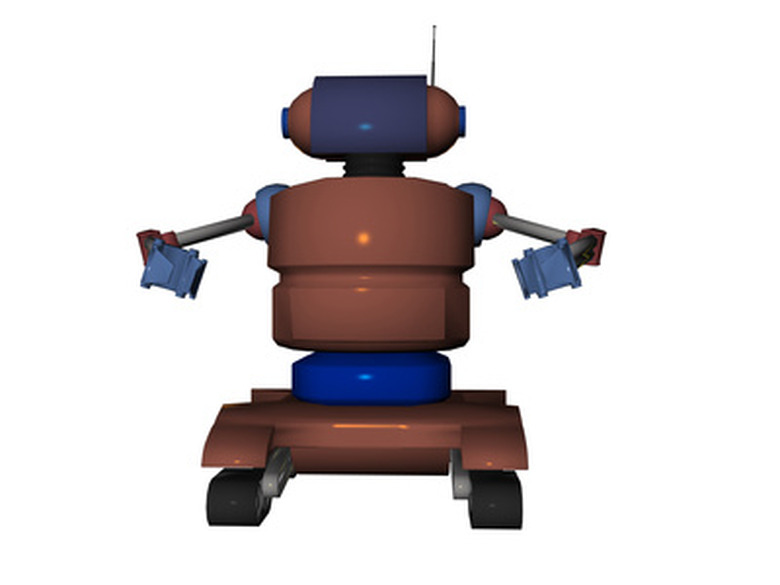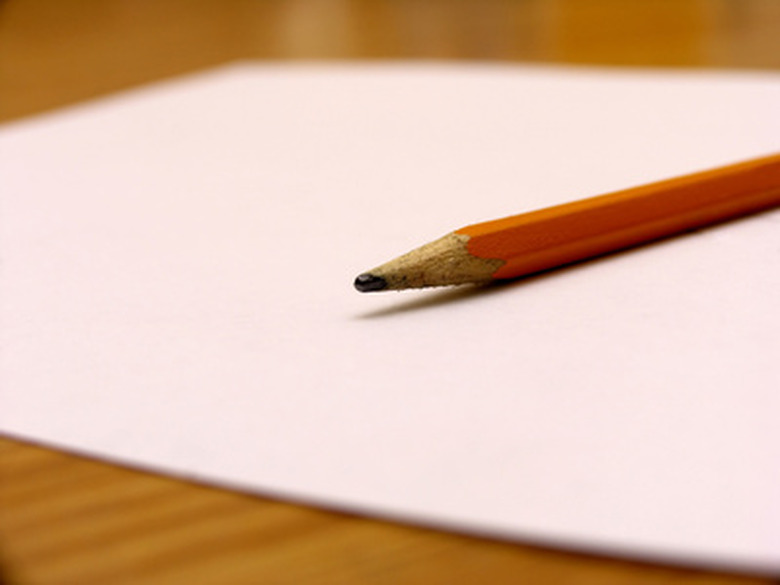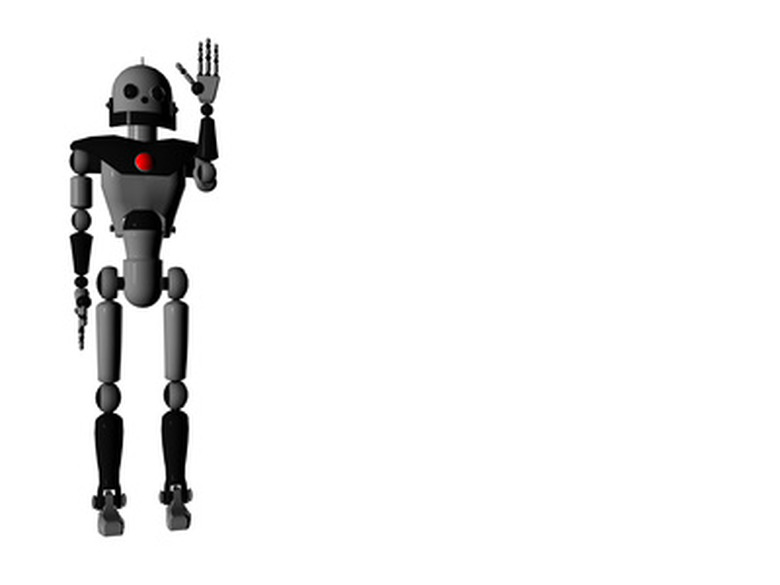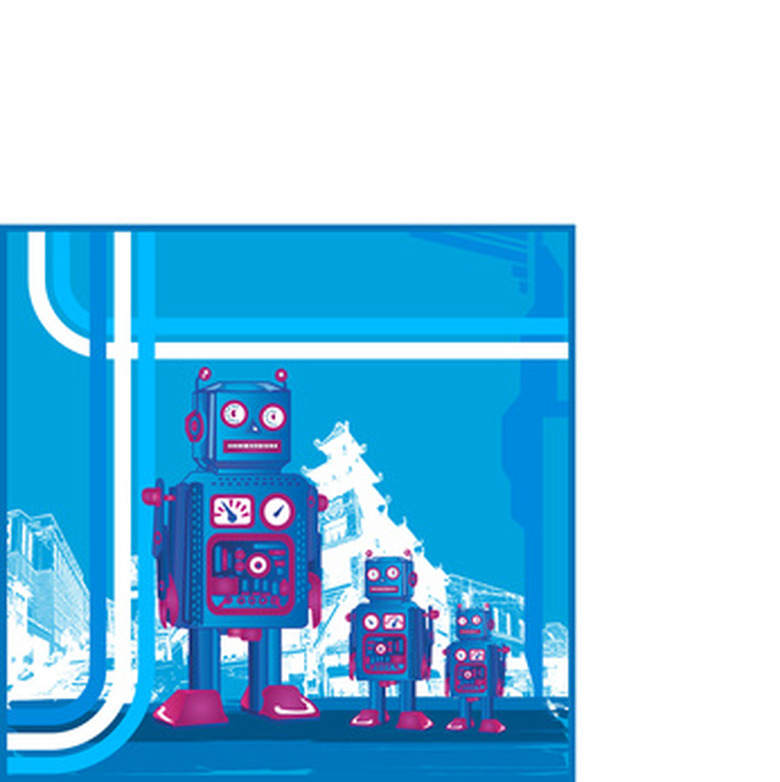Robotic Science Fair Experiment Ideas
Simply put, a robot is anything that can move on its own, from a toy car to a remote control bomb diffusion device. A science experiment in robotics, therefore, can involve anything from the simplest forms of autonomous motion to complex math and construction techniques that require a working knowledge of algorithms and computer-generated artificial intelligence.
Design a Robot
Design a Robot
A good introductory experiment for young students, as recommended by online resource 101 Science, is to design and work on building a robot, in its simplest form. The first step to this is imagination: Students sit down with a piece of paper and pencil and design a robot. Models can be built from paper cutouts with tape or glue. Students explain what the different parts of the robot are used for and how it will operate. From the paper model, encourage the student to find materials that are best suited to the construction of the robot. This simple encouragement of the design process is a great beginner's robotics experiment.
Lego
Lego
Education foundation Edutopia, founded by "Star Wars" creator George Lucas, calls the Lego Mindstorms NXT the "best bond between teachers (or parents) and students to come along since [renowned education reformer] Horace Mann." The kit comes with a motor, sensors and mechanical parts that can be used to assemble a variety of robots, from a humanoid that can walk and talk to a robotic arm, and also permits more inventive students to design their own robots with the provided materials. Showing the NXT at a science fair allows students the opportunity to explain the mechanics of moving parts and better understand the fundamentals of complex robotics.
Rubik's Cube
Rubik's Cube
For highly advanced students, The California State Science Fair proposes replicating a project presented at its 2005 expo: building a robot capable of solving a Rubik's Cube. The actual robot was made primarily from Plexiglas, though any available materials can be substituted. To solve the cube, stepper motors were connected to a machine coded in C and C++ with the Kociemba algorithm. The computer can either be programmed to remember the state of the cube, or it can be embedded with cameras so that it can "see" what it's doing.
Cite This Article
MLA
Gish, Will. "Robotic Science Fair Experiment Ideas" sciencing.com, https://www.sciencing.com/robotic-science-fair-experiment-ideas-12317603/. 22 September 2017.
APA
Gish, Will. (2017, September 22). Robotic Science Fair Experiment Ideas. sciencing.com. Retrieved from https://www.sciencing.com/robotic-science-fair-experiment-ideas-12317603/
Chicago
Gish, Will. Robotic Science Fair Experiment Ideas last modified August 30, 2022. https://www.sciencing.com/robotic-science-fair-experiment-ideas-12317603/



